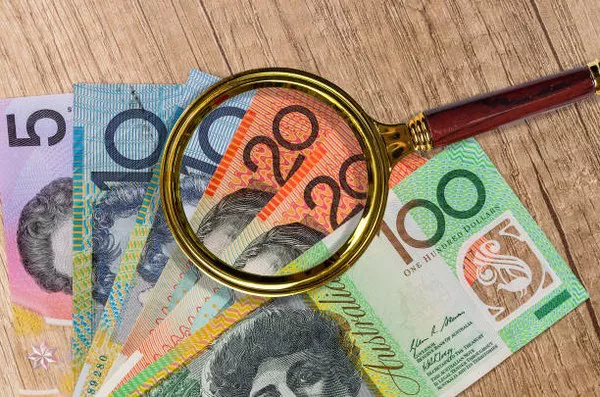The Australian dollar has experienced a notable decline, reaching a three-week low in the European session, with AUD/USD trading at 0.6491, reflecting a 0.66% decrease.
Australia’s retail sales figures for February disappointed, showing a modest 0.3% month-on-month increase. This marks a significant slowdown from the robust 1.1% growth seen in January and falls short of market expectations of a 0.4% rise. Despite this, retail sales managed to climb by 1.6% year-on-year, a figure considered lackluster given Australia’s rapid population expansion.
The modest uptick in retail sales was largely attributed to the boost provided by seven Taylor Swift concerts held in Melbourne and Sydney, which spurred spending on various consumer goods such as clothing, merchandise, and dining out, as reported by the Australian Bureau of Statistics.
However, consumer spending continues to face headwinds from elevated interest rates and persistent inflationary pressures. The Reserve Bank of Australia (RBA) maintained its benchmark interest rate unchanged for the fourth consecutive time during its March meeting. Consumer sentiment remains subdued amid economic pessimism, further dampening spending prospects.
Market analysts are increasingly speculating on the likelihood of a rate cut by the RBA in either August or September, although the central bank has not explicitly ruled out the possibility of rate hikes. The RBA’s tone in its March meeting statement leaned slightly more dovish compared to previous meetings. However, this week’s inflation data failed to provide a strong case for rate cuts, with February’s Consumer Price Index (CPI) holding steady at 3.4% for the third consecutive month.
The RBA remains cautious about lowering rates until it is confident that inflation will sustainably remain within the target range of 2% to 3%, and any rate cuts won’t trigger a rebound in inflation. The central bank’s next policy meeting is scheduled for May 7th, with market attention focused on the first-quarter inflation report due for release in late April, which could heavily influence the RBA’s rate decision.


